For close to a decade now, I've spent a copious amount of money on USB flash drives every year. I simply had to have the latest and fastest drive, and the dawn of OTG drives with dual-ended connectors really saved my bacon. However, times have changed and USB-C is now standard on most PCs, laptops, and mobile devices. As such, I'm reaching for my drawer full of flash drives more infrequently to back up important documents, transfer files between different devices, and make data portable in general.
Meanwhile, file sizes have ballooned exponentially, and I now need faster, high-capacity storage every day. I was left craving the portability of flash drives but despised their limited size and inability to sustain read/write speeds without running really hot. Turns out the solution to all my problems is to run a tiny 2230 form-factor M.2 NVMe SSD in a small external enclosure to enjoy the best of both worlds. I'm now looking to clear out that cluttered drawer and replace a dozen disparate USB sticks with one incredibly powerful and versatile SSD in an enclosure.
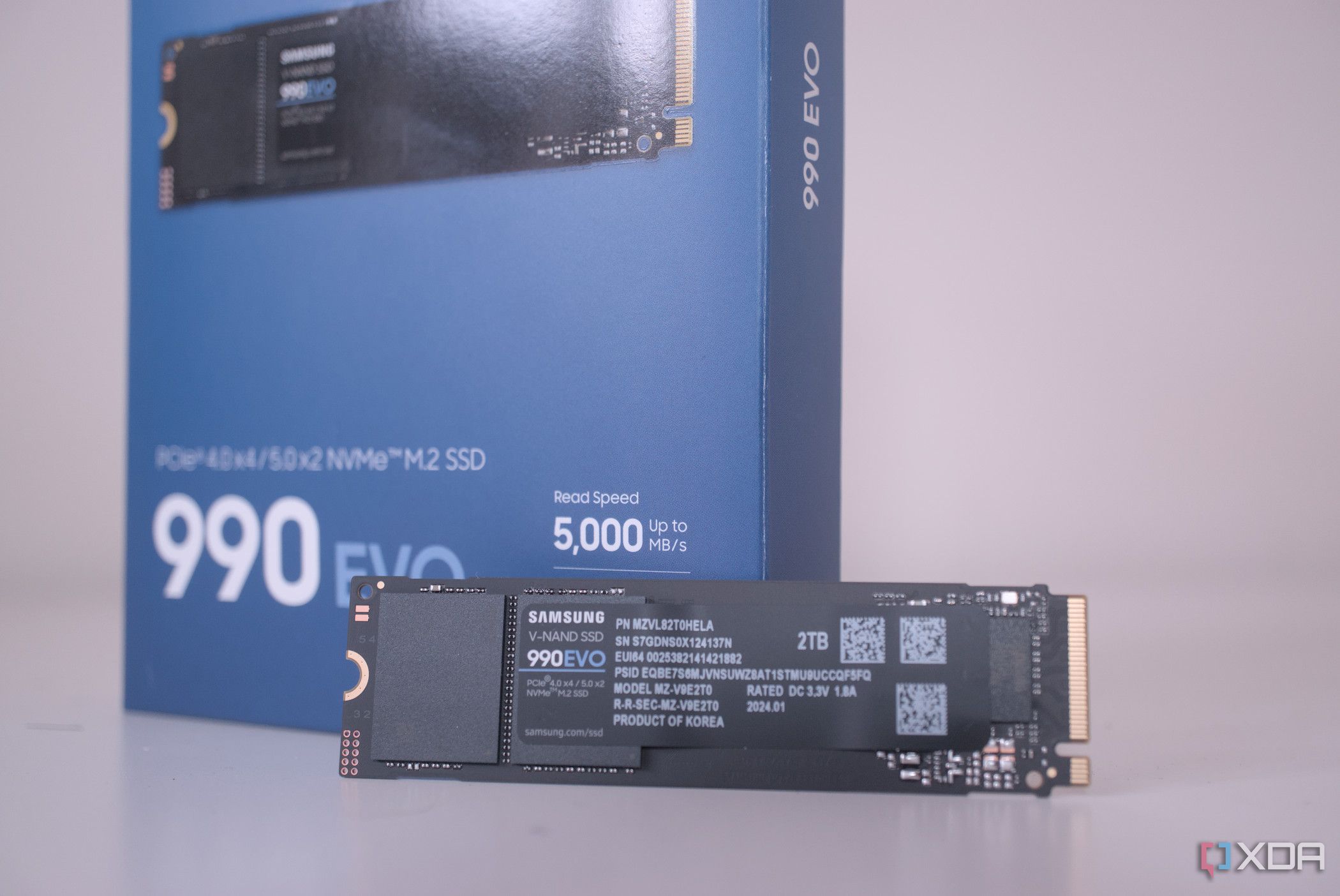
Related
5 SSD specs you should really care about when buying one
Go beyond the obvious when it comes to buying a new SSD
5 Better heat management
No more thermal throttling
One of the most persistent and frustrating issues with high-speed flash drives is thermal throttling. When you're transferring large files, these tiny drives can get surprisingly hot. As the temperature climbs, the drive's controller intentionally slows down the read and write speeds to keep temperatures in check, and potentially prevent the degradation of the flash memory itself. The unfortunate result of this is similar to performance throttling of your CPU or GPU, with transfer speeds plummeting just moments into the process.
Since most flash drives use plastic or metal that isn't layered with thermally conductive interface materials, there is little hope for the drive to cool down sufficiently or sustain operable temperatures. Although 2230 SSDs use remarkably similar flash storage modules, the difference lies in the external enclosures. Most of them pack ventilation, cooling fans, thermal interface material with the metal bodies, or a combination of these methods to help the device maintain a steady operating temperature. The practical difference is night and day. Instead of watching my transfer speeds crawl to a halt halfway through a large video file backup, I now experience consistently high-speed performance from start to finish.
I also imagine that cooling the drive in an enclosure mimics its intended usage in laptops and desktop towers where there's sufficient airflow around the memory modules. I would imagine well-ventilated external enclosures closely resemble the performance you'd expect out of a drive installed more permanently in a computer, while ensuring similar longevity of life as well.
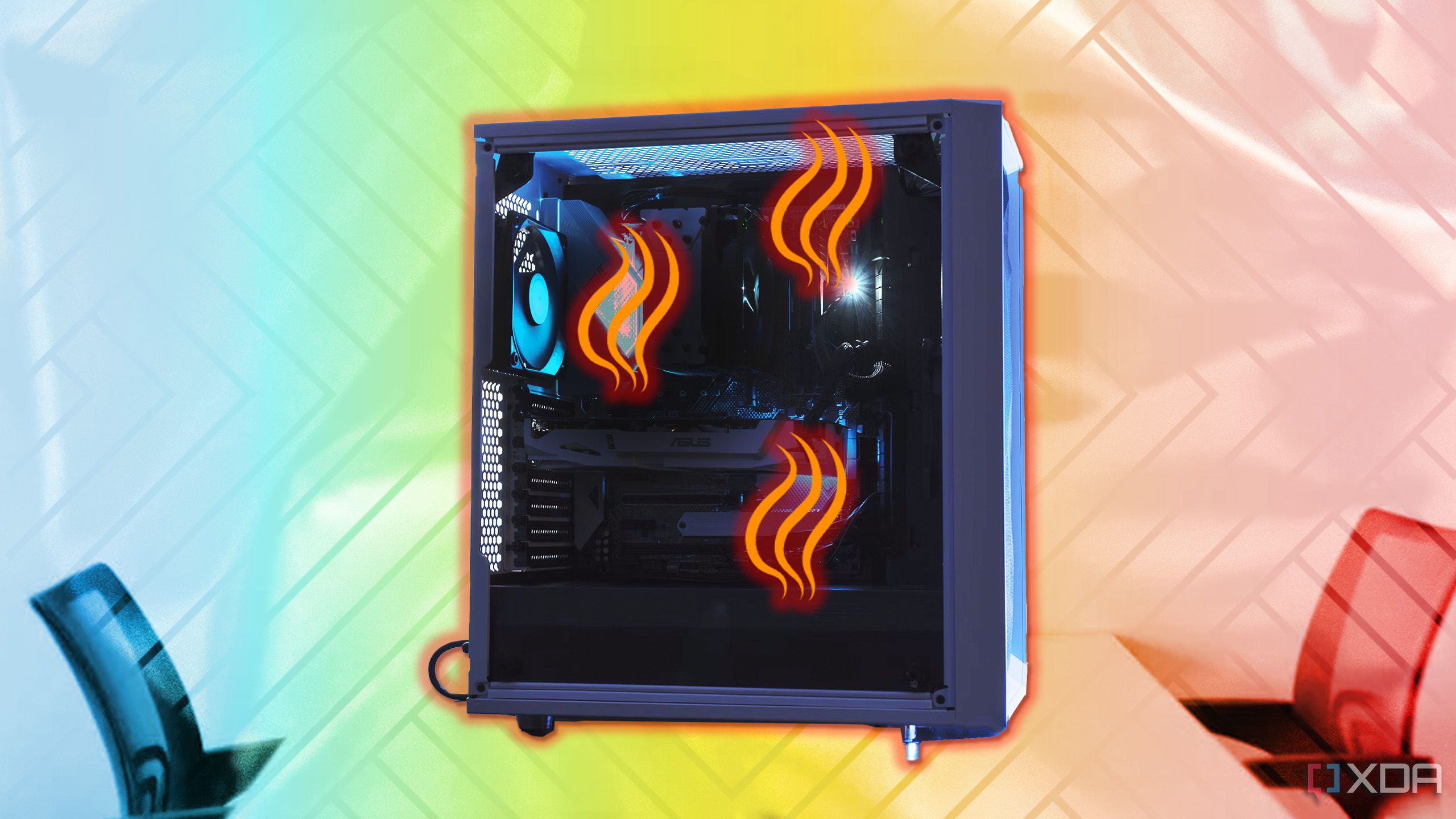
Related
5 things that can cause thermal throttling on your PC
Thermal throttling can be rather annoying, but if you know what to do, it doesn't have to end in frustration
4 More storage on the tap
One drive to carry it all
The storage capacity of traditional flash drives has always been a game of compromise. While you can find high-capacity models, they often come with a hefty price tag and the same performance limitations as their smaller siblings. My drawer full of drives had everything from 4GB sticks to larger 256GB drives I'd used to take backups on the move. Turns out, juggling between multiple drives is more of a hassle than it is worth. Besides a few bootable USB drives I need when Windows gives me a BSOD, I've now thrown out the rest or parted them out to family.
A single M.2 SSD in a tiny Satechi enclosure has taken its place, and I was thrilled to note that SSDs start with 128GB capacity, at the very least. Oftentimes you might find these low-capacity drives discounted so much that they're cheaper than equivalent USB sticks, even if you factor in the cost of a decent M.2 enclosure. Personally, I bit the bullet and got a 1TB drive so I could consolidate all my data onto a single, performant, and portable drive for a massive quality-of-life improvement. I no longer have to remember which drive holds which files; everything is in one place.
Larger storage capacity on the fly has unlocked more than just convenience for me— I can carry my 4K movies, presentations, and full backups of my camera's memory card in my pocket. Yes, I'll admit I'm more fearful of losing this all-encompassing drive by accident now, but I'm just as careful about it as I was with my smaller USB sticks. I might add an AirTag or MotoTag to it, just for my sanity.
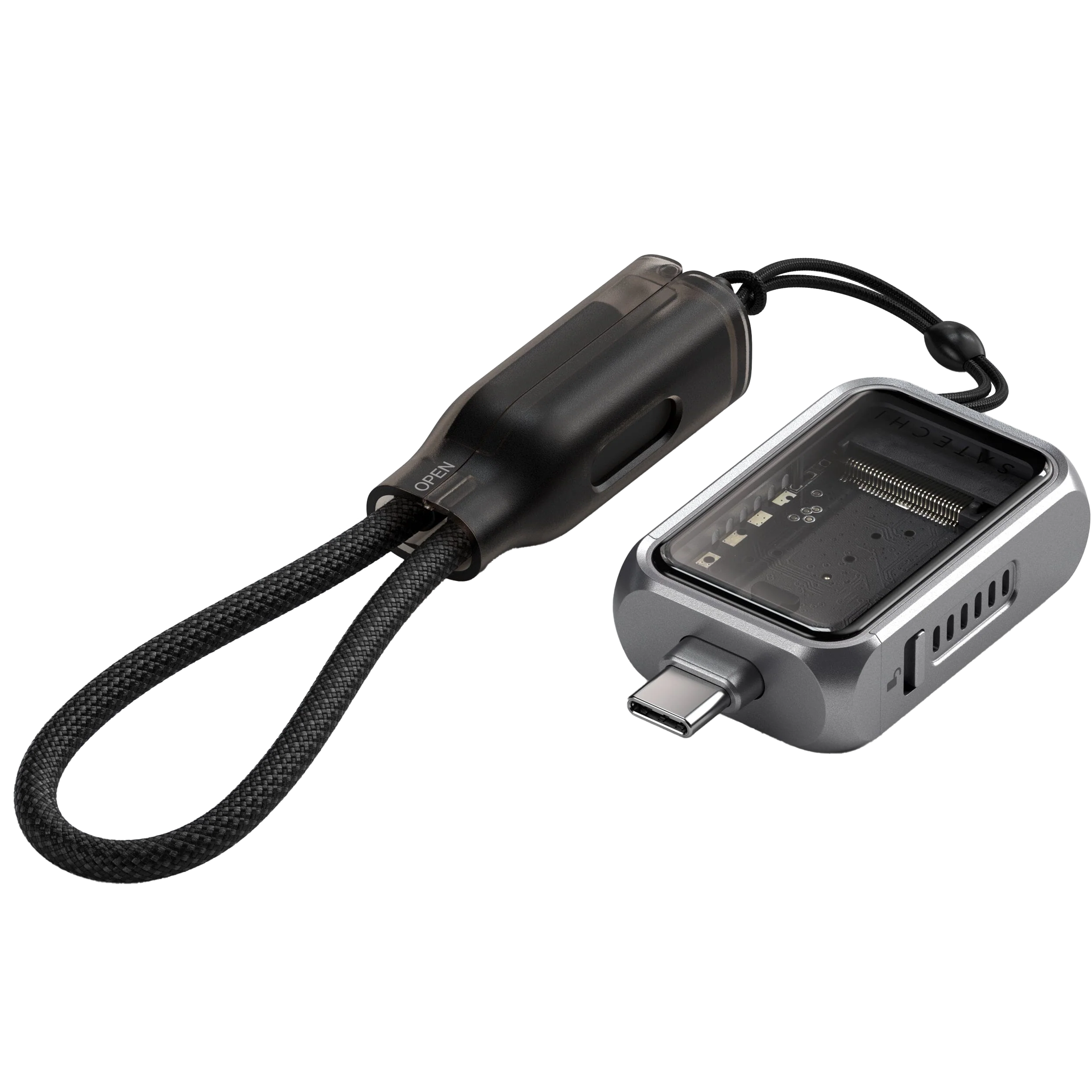
Capacity Drive not included
Power Bus-powered
3 Replace just what's broken
The drive, the enclosure, or the lanyard
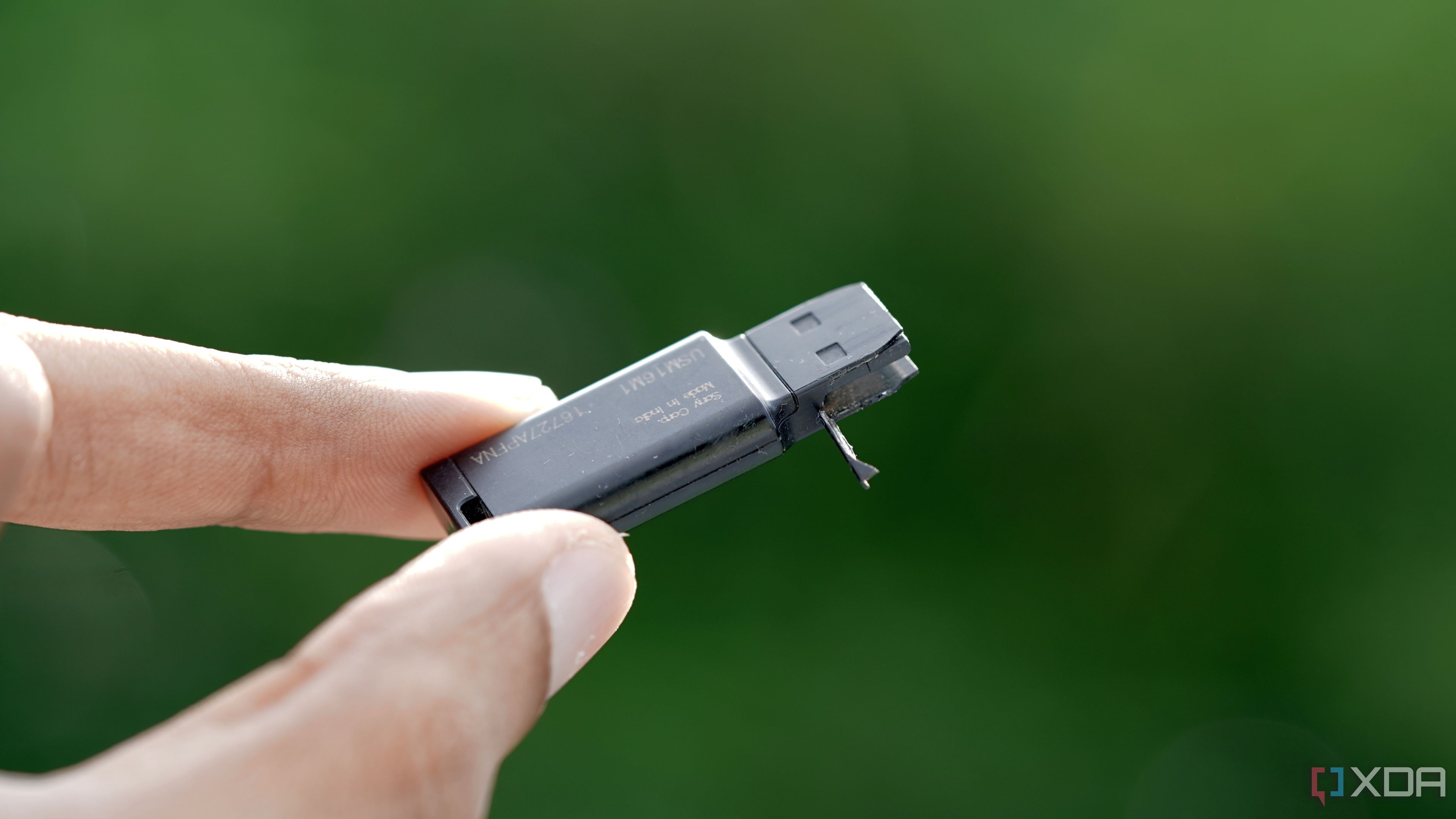
In my decade-plus experience of using flash drives and thumb drives, I've run into my fair share of products that were dead on arrival, or just too flimsy to stand the rigors of everyday life. Sure, having my MP3 collection as a keychain for my front lock was nice in a time when my car didn't have Bluetooth or Android Auto, but that poor SanDisk inevitably looked like a dog's chew toy after just a few months of sharing my pocket with other keys. Besides physical damage and wiggling the thing in the USB port, I've also had memory sectors fail, rendering important data inaccessible unless I paid for proprietary data recovery services preemptively (I didn't).
An external M.2 SSD setup provides a crucial layer of separation between the storage medium and the physical connector. If the USB-C port on my enclosure gets damaged or the casing gets crushed, it's not a crisis. I can swap out the enclosure for a new one without losing data in the process. Honestly, I won't even lose data if the drive were to go bad (more on that later), but if it were to develop unreadable sectors, or just suffer from bit decay, I'll just need to populate my enclosure with a new drive.
I'm not reconsidering the idea of multiple portable storage drives, but if you're adventurous and prefer physical compartmentalization to the digital equivalent in folders, you could buy a single enclosure and multiple M.2 NVMe 2230 SSDs you swap out as needed. Granted, the M.2 connector is more fragile and isn't designed to take a beating like USB-A, but so long as you aren't swapping drives too frequently, you could consider it. Before going this route, I'd also factor in how easy it is to disassemble the drive enclosure and if it would need tools like a screwdriver. That said, modularity is a significant advantage that provides both financial and emotional security. I’m no longer one clumsy moment away from losing important files.
2 More money should buy better quality too
SSDs get high-quality flash storage
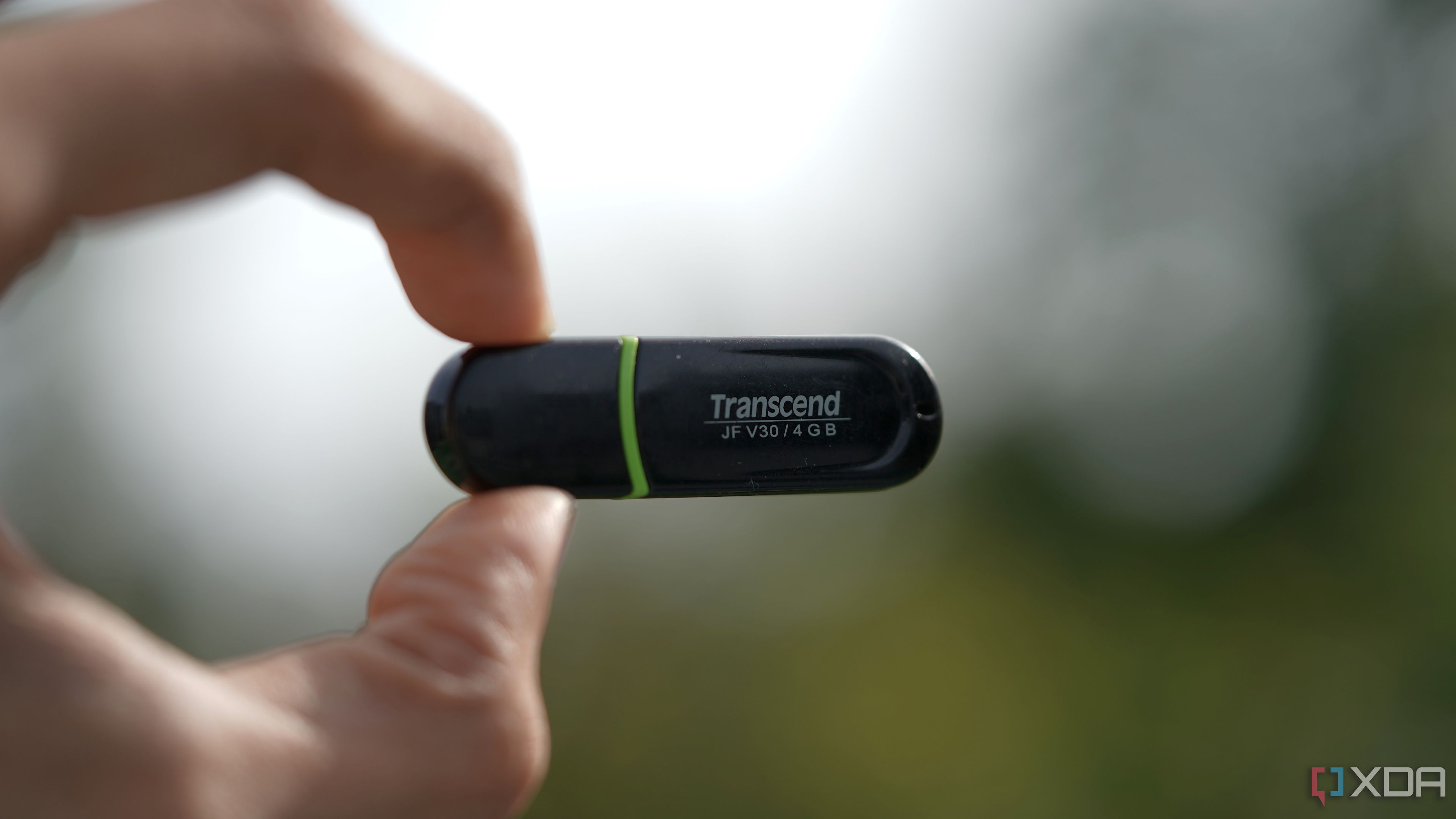
Thumb drives were undeniably convenient, but given how quickly they would disintegrate or stop functioning, I cannot help but suspect they were engineered to fail sooner than the average SSD. Sure, thumb drives weren't the breadwinning product for any brand for long, but the companies making them would only stay in business if they were selling more. If one of their products solved your problem for good, they'd be shooting themselves in the foot, killing off repeat business. On the flip side, SSDs are typically used in PCs where a short service life and planned obsolescence would be frowned upon.
NAND flash used in pocketable drives of yore is usually lower quality to keep costs in check, but with a focus on longevity, SSDs don't fail suddenly, without warning. They're also rated for considerably higher read/write cycles and their controllers include wear-leveling algorithms to distribute data evenly and extend the drive's lifespan significantly. I also appreciate that most commercial-grade M.2 SSDs you would install in an enclosure have integrated failsafe systems to prevent data corruption if the enclosure becomes faulty or the drive starts to degrade.
On most drives, this safety net is called S.M.A.R.T. (Self-Monitoring, Analysis, and Reporting Technology). It constantly monitors the health of the drive and can provide early warnings when it starts to fail. A drive going bad first goes into write-protection mode, so you cannot write more data to it, but can pull the data on it and move it to a safe location. This gives you ample time to back up your data and replace the drive before a catastrophic failure occurs. Such built-in intelligence and durability is something you simply don't find in the world of disposable flash drives.
1 Faster data transfer speeds
Thunderbolt, and running programs off your removable SSD
many modern flash drives boast impressive "up to" speeds, but the reality is often disappointing. They are typically optimized for short bursts of activity and struggle with sustained read/write tasks, even if the thermal limitations I mentioned at the outset don't play a role. This becomes painfully obvious even beyond file transfers when you try running programs directly off the USB flash drive. My experience inevitably ranged from long loading times to lag in operation.
An NVMe M.2 SSD in a high-speed USB enclosure delivers performance that is in a completely different league. The sustained read and write speeds are dramatically faster and more consistent, often limited only by the speed of the USB tether itself. Thanks to USB-C connector standardization, display output and blistering quick data throughput can be sustained simultaneously on Thunderbolt ports. Even otherwise, I've had no issues booting applications from an external SSD hooked to a USB 3.2 Gen 2 port.
I can now edit high-resolution video files, run resource-intensive portable applications, and even boot a full Windows To-Go environment directly from my pocket-sized drive with performance that feels like I’m using an internal SSD. This capability has transformed how I work when I’m away from my main desktop, turning any computer into my own personalized environment without any noticeable performance penalty.
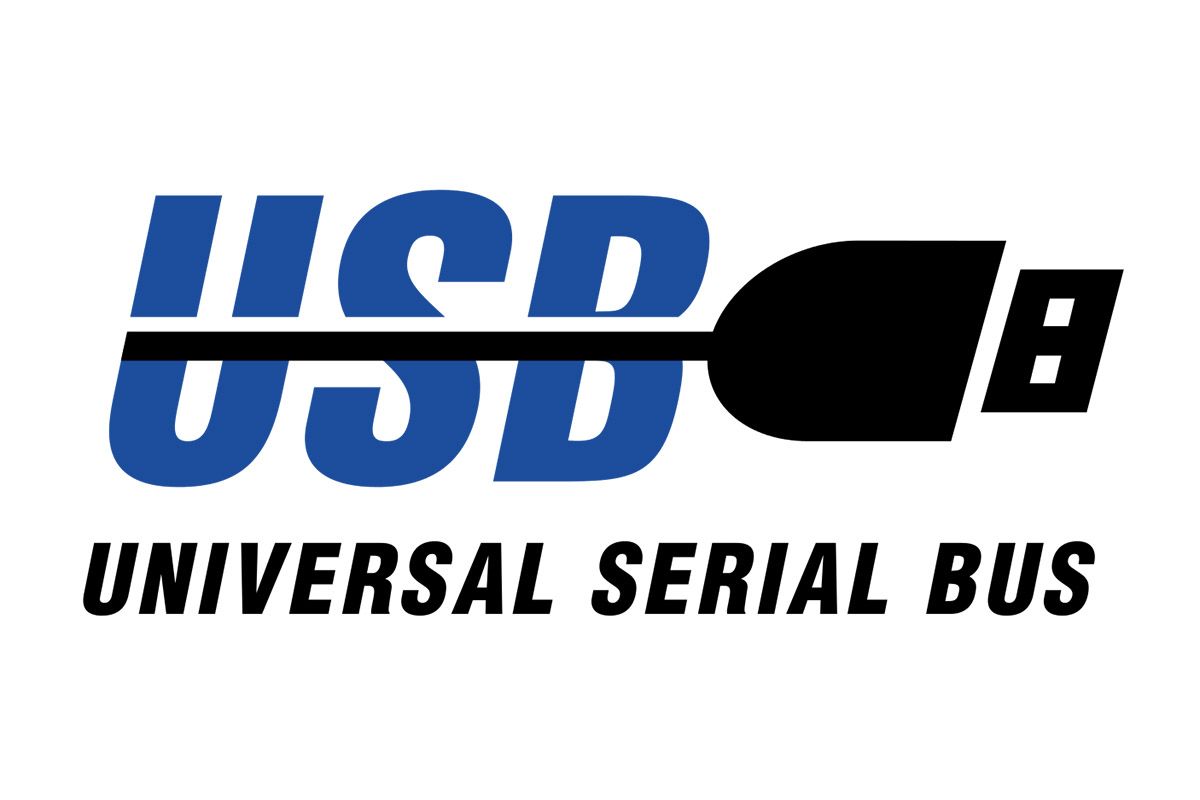
Related
Everything you need to know about USB standards, speeds, and port types
The USB or universal serial bus is an industry standard that sets specifications for cables and connectors on devices.
Give it a shot
If you're still clinging to a collection of flash drives, I urge you to experience the difference for yourself. You don't have to go all-in at once. Start by picking up a low-capacity 256GB M.2 2230 SSD and a quality enclosure. Use it to replace your most frequently used flash drive for a week. The immediate improvement in speed, reliability, and overall user experience will be palpable. Those thumb drives were headed for the dumpster anyway.
Sometimes, my new solution overwhelms me with how small a terabyte looks in my palm, and how one little drive has completely eliminated the need for a whole category of storage devices in my life. Whether this system proves to be cost-efficient is a question only time will answer, but for now, I'm delighted and unencumbered every time I whip out this little SSD.
.png)
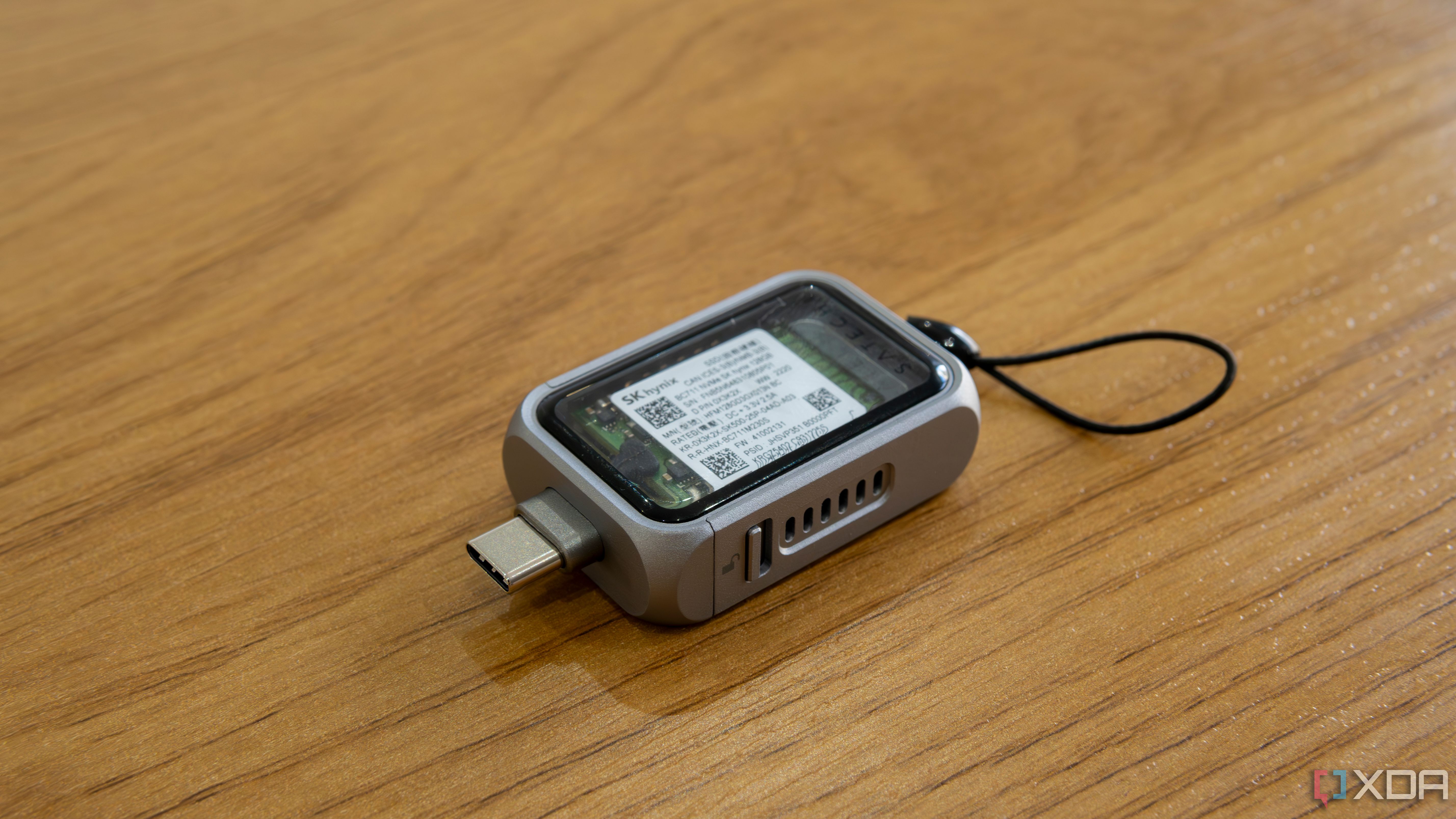
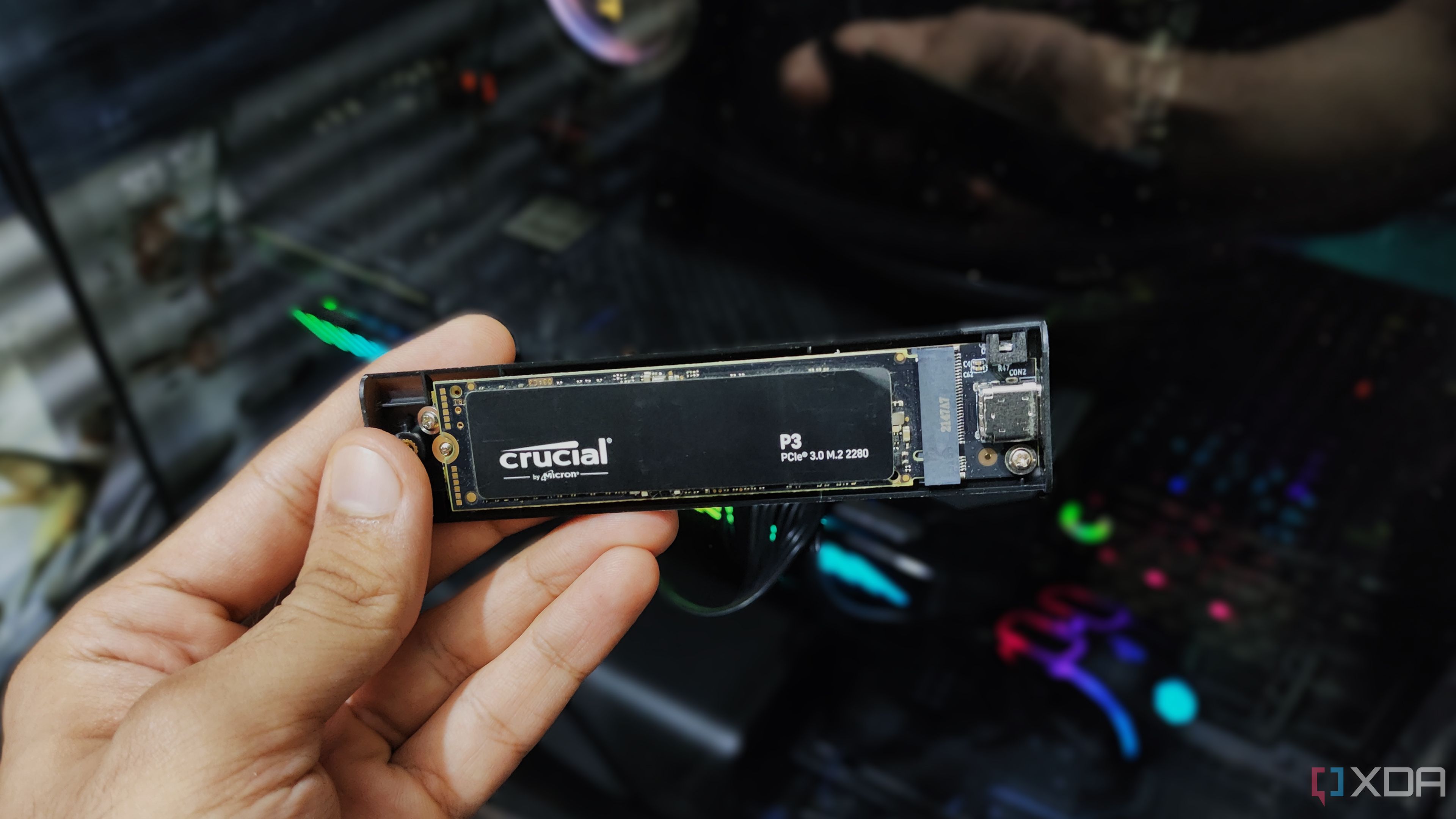











 English (US) ·
English (US) ·